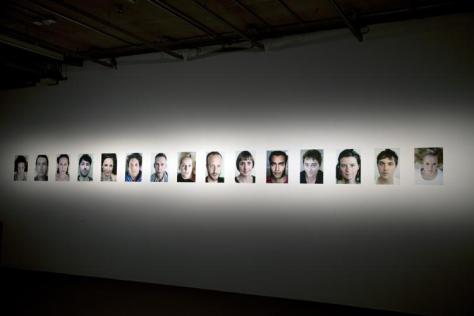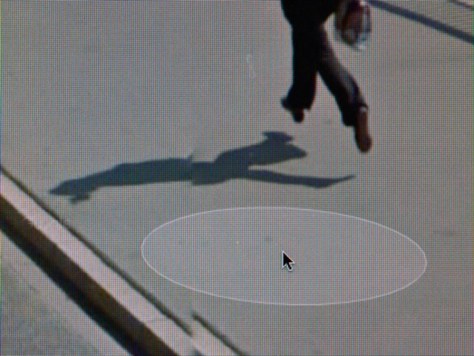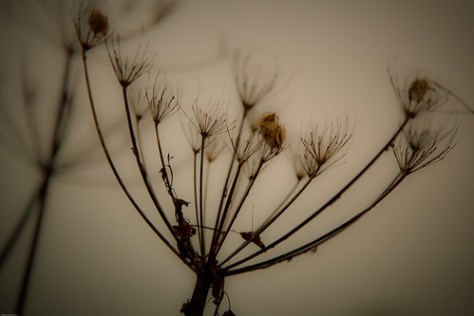http://www.derbyquad.co.uk/whats-on/exhibitions/hijacked
QUAD Gallery
3rd March – 6th May 2012
Click here to view the virtual brochure.
Major survey exhibition and publication featuring the best photographic talents from or within Australia and the United Kingdom.
Known for halting the status quo, arresting the scene and exploding a new perspective on the practices of contemporary photography, this third edition of the biennale Hijacked series explores the world through the eyes and works of 32 international photographers from or within the United Kingdom and Australia. Also featuring a series of specially commissioned films about participating photographers.
Take a trip into the fantastic and foreboding worlds of artists from opposite sides of the globe. From oblique takes on portraiture and collage to snapshots of society at its best and worst, these far reaching photographic practices question what it means to look, catch or construct images for the 21st century. A fleeting glimpse into the life and times of both countries and beyond, Hijacked 3 disrupts the way you think about photography.
The exhibition will show simultaneously in QUAD with a partner version at PICA in Perth Australia. Events will include live link ups for workshops, artists talks.
Featuring: AUS – Tony Albert, Warwick Baker, Bindi Cole, Christopher Day,Tarryn Gill & Pilar Mata Dupont, Toni Greaves, Petrina Hicks, Alin Huma, Katrin Koenning, David Manley, Jesse Marlow, Tracey Moffatt, Justin Spiers, Michelle Tran, Christian Thompson, Michael Ziebarth.
UK – Adam Broomberg & Oliver Chanarin, Natasha Caruana, Maciej Dakowicz, Melinda Gibson, Leonie Hampton, Rasha Kahil, Seba Kurtis, Trish Morrissey, Laura Pannack, Sarah Pickering, Zhao Renhui, Simon Roberts, Helen Sear, Luke Stephenson, Wassink & Lundgren, Tereza Zelenkova.
Supported by:This project has been assisted by the Australian Government through the Australia Council for the Arts, its arts funding and advisory body.
Curated by Louise Clements QUAD & FORMAT International Photography Festival UK,
Mark McPherson Big City Press Aus,
Leigh Robb PICA Aus
hi•jack also high•jacktr.v. hi•jacked also hi•jack•ing, hi•jacks, hi-jacker
Known for halting the status-quo, arresting the scene and exploding a new perspective on the practices of contemporary photography this third edition, of the biennale publication Hijacked, is a major survey that explores the world through the eyes and works of 32 the best international photographic talents from or within the United Kingdom and Australia. This book forms an important, albeit incomplete, A-Z of contemporary photography generated from the two countries and goes some way towards charting the ideas that are being tested in our present future of photography not only in terms of concept but also technique. Continuing on from the significant success of the first book, Hijacked III follows previous editions exploring the relationship between Australia and America 2008, Australia and Germany 2010, by Big City Press. In collaboration with worldwide partners the project supports and engages with a diverse range of contemporary Australian and international photographers, specifically the new generation or under represented, whilst developing experimental contexts for collaboration between established artists internationally.
Hijacked is a focused photographic anthology that explores two geographically divorced, historically connected communities. In this instance the United Kingdom and Australia are brought into the spotlight to locate and stimulate conflicting dialogues that that provoke the consideration of cultural specificity and diversity. The participating photographers were sourced via an open and collaborative process by Big City Press, QUAD/FORMAT and PICA, through the use of blogs, social and professional networks thereby expanding the reach and ability of the project to reflect the multiplicity of cultural identities. It is clear throughout the book that the narratives, influences, differences and specificities of the UK and Australia provide rich material for photographers to refer to. From becoming a nun after being proposed to by God via YouTube, to national identity and pride on the battlefield of sport; the appropriation and dissection of the photograph as contemporary art, to the aborigination of objects and the poetics of Welsh nightlife; together with the influence of the pop culture conflicts between Neighbours and Home and Away versus Eastenders and Coronation Street; alongside the fact of having shared Queen. The project comes with no agenda to answer the questions about whether there is an Australian or UK identity in photography. Instead it creates a framework that invites deconstruction and reflection while showcasing the socially, culturally, politically and aesthetically diverse practices and points of view from a wide selection of photographers who work within and outside the contexts of the two countries.
Certainly no-one solely derives their interpretation of the world purely from the mass media and the internet, we are still unquestionably rooted in local, social, educational and familial landscapes, all of which can be positioned around the world. The idea of nation or a national identity relates to the power and control of communities, based on adopted myths of racial or cultural origin. Asserting and maintaining these identities was a key part of the imperial process and an important feature of much imperial and colonial politics. Instead of seeing the geographic definitions of the United Kingdom and Australia as singular identities, cultural hybridity emphasises their mutual intermingling, reference points and inevitable homogenisation with other international threads. This model of hybridity is based on thousands of influences entering into a form of dialogue through the fluidity of access to digital information, international social communication and global mobility. We understand and live simultaneously amongst multiple languages with their numerous modes of influence and significance, whether conscious of this influence or not. Between these languages we have to negotiate meaning, structure memory and define identity. We have become ‘Janus’ type figures with one face looking at the past and the other towards the future, whilst living in a post-modern, multi cultural landscape in which we must wrestle for cultural space. Artists have embraced this hybridised position not as a failure or denigration, but as a part of the contestation inherent in the weave of cultures.
In art, hybridity expands the possibilities for experimentation and innovation through the blurring and cross-breeding of traditional definitions between practices. Artists are notorious for their ability to hijack; meaning to stop and hold up, to seize control by use of force in order to divert, or appropriate, a deliberate attempt to action to change direction. Like the Situationist tactic of détournement championed by Guy Debord, it is an intentional action that disrupts and ruptures the habitual, turning it aside from its normal course or purpose. All cultures can be defined by their ability to assimilate new ideas and adapt to change. Although we live in an exposed version of remix culture, the phenomenon of remixing is not new. Digital technologies like networking, hypermedia and sampling have significantly accelerated the speed at which cultural material is distributed and made available to be repurposed; the ability to generate and incorporate new combinations of ideas is normal. Contesting boundaries, breaking rules and creating hybrids occupies much artistic work, however, creating meaning by whatever materials or techniques are employed remains central to artistic practice. Be it the exploration of the sensibility for suburban melancholy, Indigenous culture and gender politics in Australia or the decadent drinking habits, reinterpretation of archives and curious weekend leisure pursuits in the United Kingdom the photographers and writers included in Hijacked3 will take you on a journey into the incredible and extraordinary worlds on opposite sides of the globe. From surprising perspectives on portraiture and critically engaged collage, to images that map society at its best and worst moments, these conflicting photographic practices question what it means to look, create and construct images in the 21st century. This publication is a major survey contributing to the field and documenting the best photographic talents of today. Representing the leading, boundary testing, fearless, fringe dwelling artists, whose work is rich with evocative, poetic, confounding and confronting imagery, ready to communicate, offering a transitory and relational view into the life and times of both countries and beyond.
By Louise Clements
Hijacked III disrupts the way you think about photography.
Hijacked III exhibition will tour throughout 2012- 2013:
QUAD, Derby UK Mar/May 2012,
PICA Perth AUS Feb/Apr 2012,
ACP Sydney AUS Jun/Jul 2012










